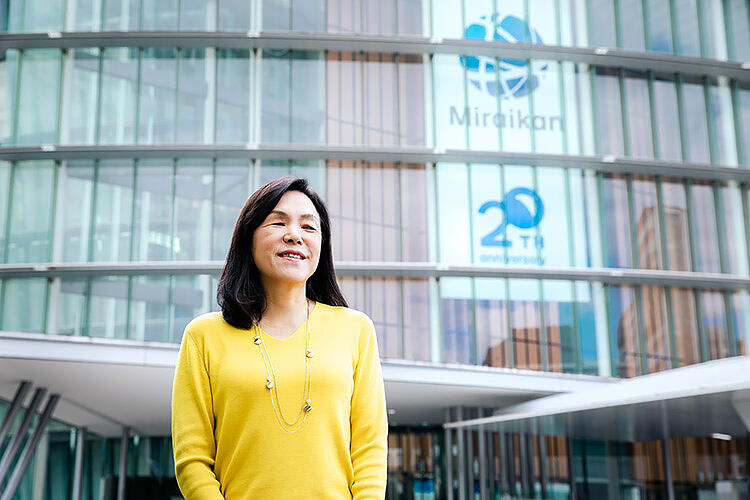
Miraikan - The National Museum of Emerging Science and Innovation was established in 2001 and reached its 20th anniversary this year. In this milestone year, Chieko Asakawa became the second Chief Executive Director of the museum. Asakawa, who lost her eyesight in an accident when she was an elementary school student, has been involved in the research and development of accessibility technology for over 30 years. This includes information access technology that reads websites, and an "AI suitcase" that takes you to your destination as you walk around town. We asked her about how Miraikan will change in the future.
Making science accessible to everyone, from children to adults and the elderly
― How do you view Miraikan's progress over the past 20 years?
Asakawa (same hereafter) : After my appointment as the Chief Executive Director of Miraikan was made public, students called out to me, like, "I went to Miraikan when I was in elementary school!" and "I was so impressed by ASIMO!" One student got so inspired by the "Hands-On Model of the Internet", a permanent exhibit that visualizes how information is delivered through the Internet, that they decided to go into computer science; They are now researching with me. Isn't it amazing that an elementary school student was so impressed by seeing the Hands-On Model of the Internet? I realized this was how Miraikan had provided many people with an opportunity to become interested in science.
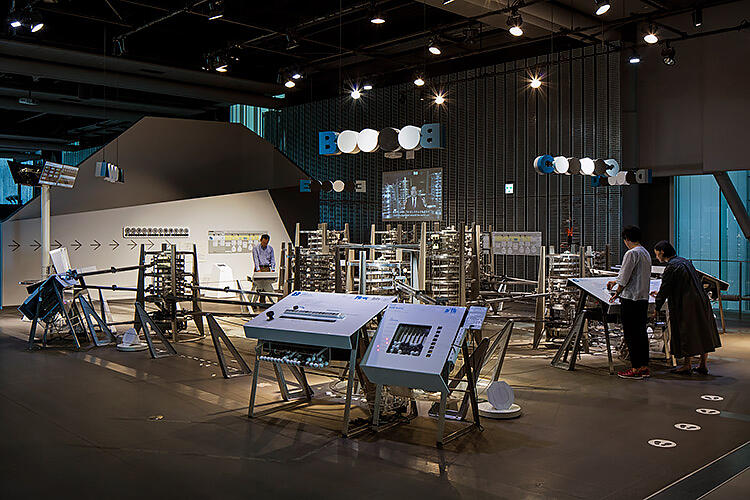
(Provided by Miraikan)
In the past, Miraikan has held experiment classes incorporating cutting-edge research that is not included in the scope of school learning. The themes have included chemistry and biology using specialized laboratory equipment, not just robotics and programming. Children who get impressed by the Hands-On Model of the Internet might not have anyone at school to share their questions and interests in science and technology. However, I heard that coming to Miraikan's experiment classes allowed them to connect with others who thought it was not only me, to form a small community. I believe Miraikan has fulfilled its mission to connect children, focusing on science.
― How do you think Miraikan will change in the future?
The previous Chief Executive Director, Mamoru Mohri, was an astronaut and led Miraikan based on his experience of overlooking the Earth from space. I am a researcher in the field of "people"-centered accessibility and a person with a disability. I hope to use my background to take an approach that looks at society, the Earth, and the universe from the perspective of "people." I want to create exhibitions and events where people who come to Miraikan can imagine and experience the future a little ahead in time.
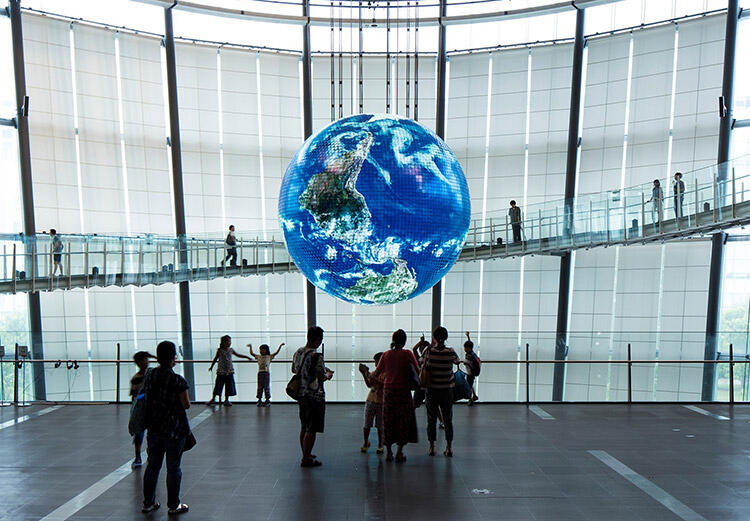
(Provided by Miraikan)
I think that Miraikan's permanent exhibitions have features that allow visitors to experience science and technology that cannot be seen anywhere else. However, the "Hands-On Model of the Internet" I introduced earlier has already been on show for about 20 years. For my part, I would like to shorten the update cycle of the permanent exhibits to show the current state-of-the-art technologies. We are also working on new exhibit production process to make that happen.
I bring the concepts of science and technology closer to people. The Nobel Prize draws a lot of attention every October, and this is not to say that "the Nobel Prize is great, but it belongs to a different world than yours", But rather, everyone who will be responsible for the future has a chance to play an active role. As stated in the Sixth Science, Technology and Innovation Basic Plan, we need to nurture human resources in sciences broadly and rapidly.
Miraikan is a place about which sometimes people say, "I haven't been there since I was a kid." I hope to also provide adults and the elderly with opportunities to think about what they can do in their current position through exhibitions and events. One of the biggest challenges will be to get more elderly visitors. I understand they have often come with their grandchildren, but we shall create reasons for elderly groups to visit us, such as to think about how to prepare for the 100-year life era.
Each person's power creates a big swell
― How does Mirakan think about the future?
Four themes on which we want to put particular emphasis towards 2030 are "people", "society", "the global environment", and "frontier." As for "people", as I mentioned earlier, we would like to create opportunities for people to think about how to prepare to live better in the 100-year life era. For "society", we would want to consider, for example, how we should face issues arising from AI and robots while fully developing their potential to enrich cities and people's lives. Concerning the "global environment", if we plan backward from the activities that are required to change our environmental awareness, we can gradually see what we need to do. About "frontier", we want to share human knowledge opened up by science, like that of the universe, with all kinds of people. Together with everyone, I hope to think about the future a little ahead from these four perspectives.
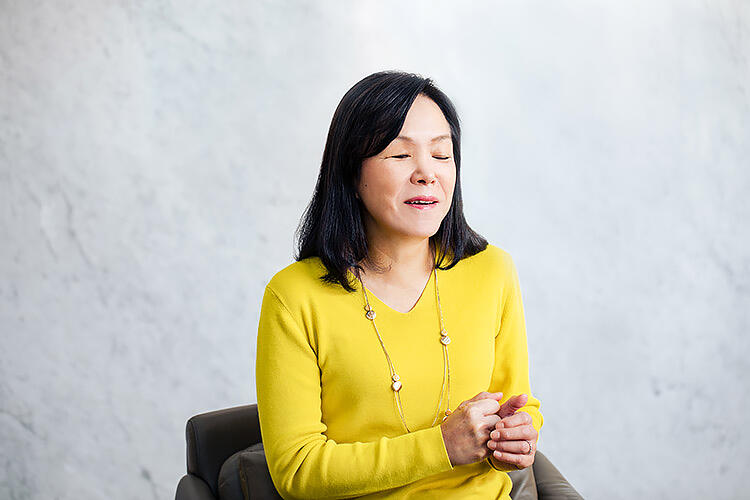
― Do you mean you wish to create a place where people can think together, not just show the future?
Of course, we will continue to show how the fruits of science and technology will change your future. But not only that, but we also want to create a place where people can talk about it and realize Miraikan's vision, "a platform for people to create a better future together."
Making diversity "the norm" with the power of technology
― What can science do to realize a society that respects diversity?
Diversity may be now penetrating little by little, but I don't think it can happen in the truest sense unless you take it as "the norm", not because someone forces you to. I feel the U.S. has done that quite well. It might be because of its national character, but in the U.S., children with disabilities go to public schools as a matter of course, so I feel that education has a significant impact. It is also quite normal for people in wheelchairs and visually impaired to use airplanes. We don't get any exceptional help or are not overly worried. So, I had pretty exciting experiences there, such as whitewater rafting and scuba diving.
Miraikan may be able to do something interesting, such as providing children with an opportunity to get to know each other by participating in an experiment class together.
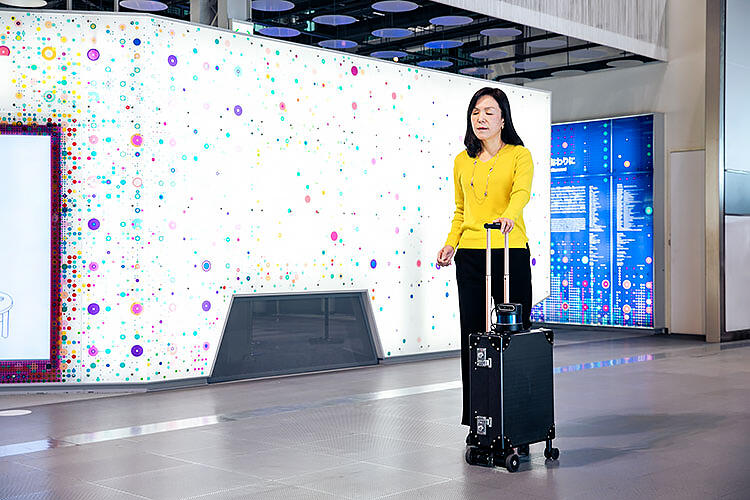
(Cooperated by Consortium for Advanced Assistive Mobility Platform)
It is also essential to show how technology is helping people. I'm now taking notes using this Braille note-taker during this interview, and by connecting the device to a monitor, I can show my notes to children. The "AI suitcase" that I am developing can guide children of blind and not blind to walk together to their destination. The voice recognition tool can allow people to introduce themselves regardless of whether they have hearing disabilities or not. Perhaps only Miraikan can make people feel that disabilities are nothing special with the help of technology.
Making Miraikan the place that researchers also "use"
― As a researcher, what kind of potential do you see in Miraikan?
Researchers have limited connections with society, and I have also had trouble getting test subjects. Through the channel of Miraikan, where many people gather, it is easier to reach out to people all over Japan. There are more opportunities to meet researchers in other areas, of which we can expect broader possibilities of research.
Miraikan has the "Research Area" where researchers conduct their research and science communication activities. There are currently 12 laboratories, most of which are glass-walled. Before Covid-19, we held events for visitors to take a look inside. It's not easy to visit university laboratories, but Miraikan shows how research is done.
In terms of nurturing the next generation, it is essential for researchers to communicate what they are working on now in plain language. I encourage researchers to use Miraikan as a place to speak directly to people and connect with them. I think we have a role to play in strategically connecting people.
― Lastly, do you have a message for young researchers?
Miraikan has a permanent exhibit called "Nobel Q", where respective Nobel laureates ask visitors one question. The other day, I got a question "What do I want to know?" from Dr. Tasuku Honjo, Distinguished Professor at Kyoto University. I sympathized with the significance of this question.
Your research theme is closer at hand than you think. To recognize whether it can be a research theme or not, or whether it is good or not, it is essential to accumulate knowledge and experience. I have been blessed with various opportunities, especially after joining IBM. Because of that, I kept taking on challenges with the motto of "never say no", although there were times when I almost gave up. I feel that all the past challenges are helping me now. You can open up your life by accumulating knowledge and experience no matter how old you are. I want young researchers to discover "what do I want to know" by proactively taking on various challenges.
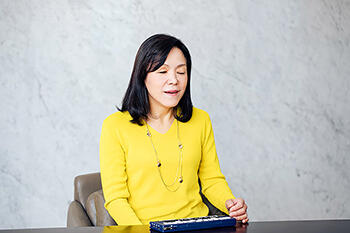
Chieko Asakawa
Chief Executive Director, Miraikan
She lost her eyesight at the age of 14 as a result of an accident that occurred when she was 11 years old. She joined IBM Research in 1985 and engaged in research and development of non-visual user interfaces. The Hall of Fame of "The Women in Technology International" in 2003. Ph.D. in engineering in 2004, having completed Advanced Interdisciplinary Studies at the Graduate School of Engineering, University of Tokyo. She got appointed as an IBM Fellow in 2009, was awarded Medal with Purple Ribbon in 2013, and got a concurrent post as visiting professor at Carnegie Mellon University in the same year. She assumed her current position in April 2021.
Original article was provided by the Science Portal and has been translated by Science Japan.




